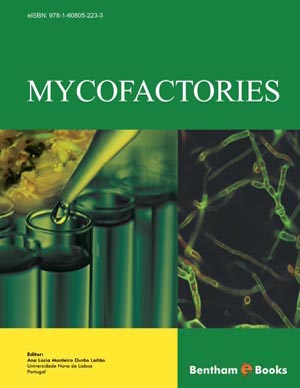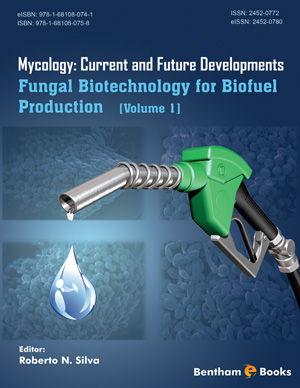Abstract
Biorefineries require residual biomass as a raw material for their processes.
Among all the possible products, 2G ethanol is undoubtedly the most studied and is
probably the most desired in environmental terms. Carbohydrate-rich feedstocks used
in biorefineries are mainly composed of polysaccharides, cellulose and hemicellulose
(xylan), which initially require the action of hydrolytic enzymes to release their
constituent monosaccharides, mostly glucose (from cellulose) and xylose (from
hemicellulose). The conversion of glucose into ethanol is carried out by the yeast
Saccharomyces cerevisiae with an efficiency close to the theoretical maximum yield (>
90%). Although it is the most widely used yeast in alcoholic fermentation processes, S.
cerevisiae cannot metabolize xylose unless it undergoes genetic or evolutionary
engineering. However, in recent decades, wild yeasts with an innate capacity to ferment
this pentose and even hydrolyze the polysaccharides from lignocellulosic biomasses
have been isolated and characterized from natural environments. Facing this duality,
we conducted a major literature review and presented the data both in favor of
engineering S. cerevisiae and the prospective use of wild yeasts in this chapter. To
analyze the strengths of each strategy, this chapter also highlights the applications of
integrated hydrolysis and fermentation processes and the possibility of simultaneously
generating xylitol as the second product in biorefineries.
Keywords: Bioprospection, Candida, Ethanol, Evolutionary engineering, Fermentation, Hydrolysis, Lignocellulosic biomass, Meyerozyma, Pichia, Saccharomyces, Scheffersomyces, Spathaspora, Sugiyamaella, Wickerhamomyces, Xylan, Xylanases, Xylitol, Xylooligosaccharide, Xylose.






